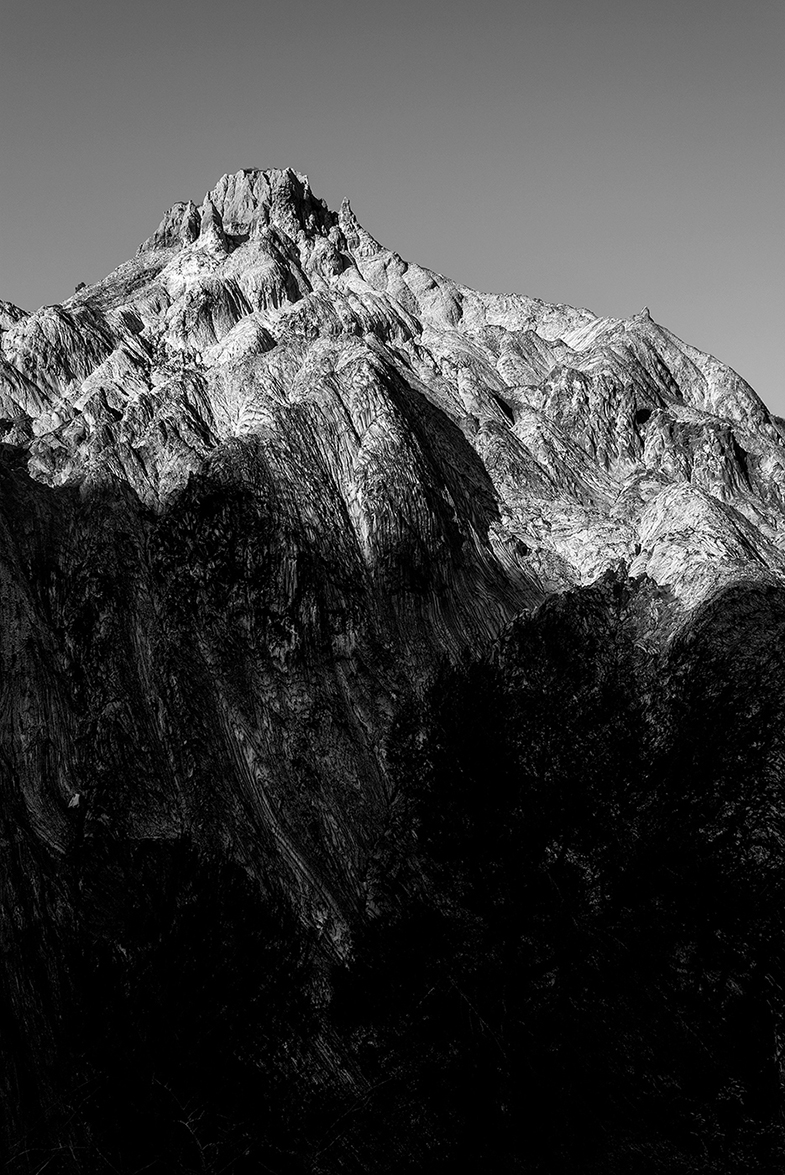
“I don’t want to see the typical touristic things.”
This is probably the most popular sentence of every tourist. But what do they want to see instead? The normal and boring things or people? Trash, dirt or poverty? Maybe this is exactly the non-touristic stuff. So, as a tourist, you do not want to see the reality. Discovering new things, beautiful landscapes or food – that’s what traveling is all about. But for the local people things are just normal: they see exactly the same things as the tourists. Only through different eyes.
Whenever I am on vacation, I try to see things with the eyes of the locals. The camera helps me a lot because you have to observe and be patient. A kind of normality is documented in my project Ordinary Japan. It is a subjective view of Japan and its landscape.
— Denis Grau, Kempten, Germany


















